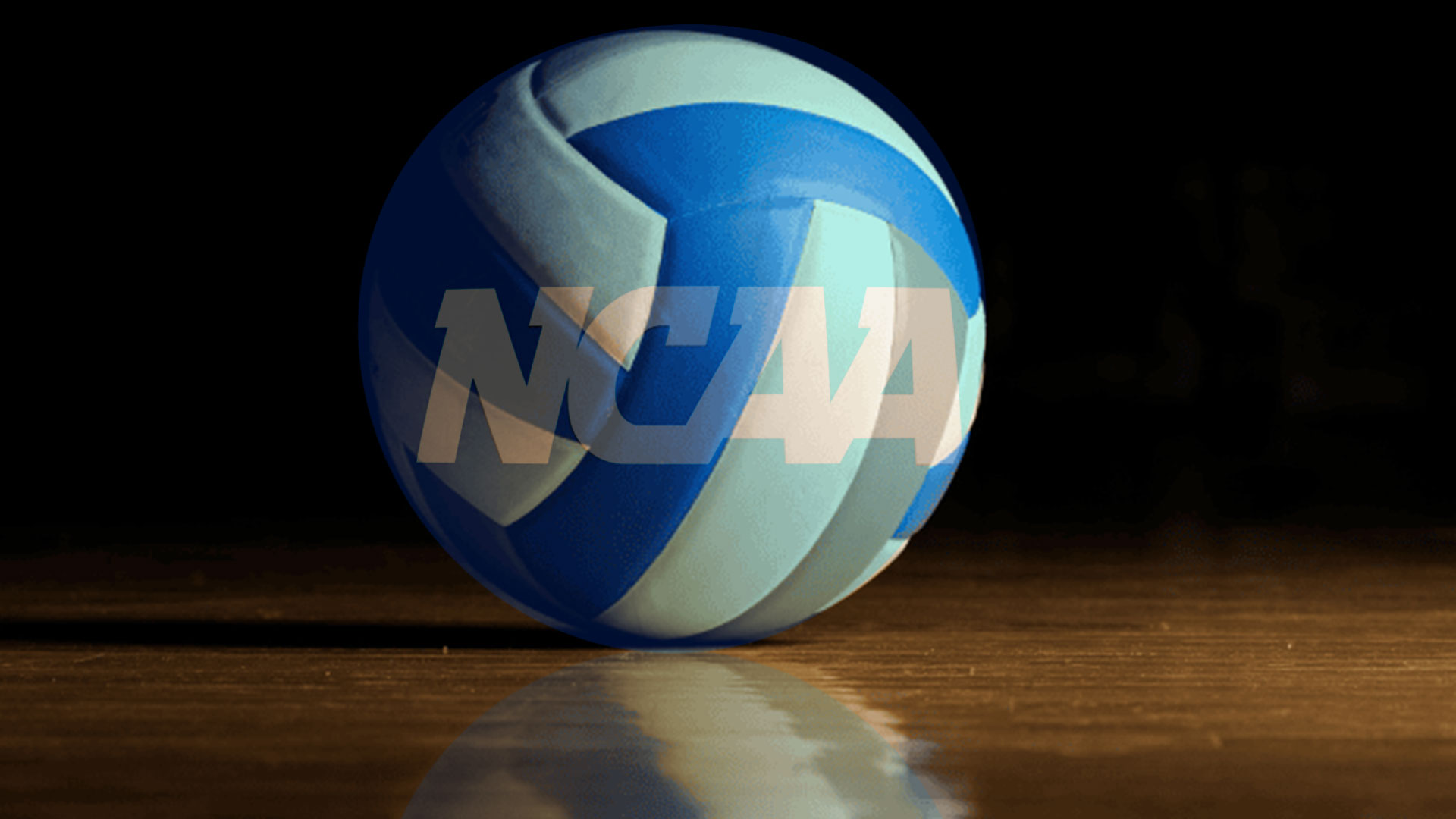It’s official: the NCAA’s era of amateur-only athletes is over.
On June 6, 2025, a federal judge gave final approval to the House v. NCAA settlement, unlocking billions in athlete compensation and launching college sports into an uncharted future. And while the spotlight’s on football and basketball, the ripple effects are slamming into Olympic sports—especially volleyball.
This isn’t just a pay raise. It’s a paradigm shift.
🏛️ What’s Changing?
- 💰 $20.5 million per school, per year: Starting July 1, 2025, Division I programs can now directly pay athletes from this shared revenue pool.
- 🧾 $2.8 billion in backpay: Compensation for athletes who weren’t allowed NIL rights between 2016–2024.
- 📉 No more scholarship caps: Instead, roster size limits will define how teams are built.
- 🧑⚖️ New watchdog group: The College Sports Commission will handle compliance and enforcement.
The result? A brave new world of direct payments, institutional NIL deals, and rapidly evolving college athletic ecosystems.
🏐 Where Volleyball Stands
Let’s not sugarcoat it: volleyball—and every Olympic sport—is entering dangerous territory.
Most new revenue will go straight to football and men’s hoops. Volleyball, despite its explosive growth, is being squeezed into the leftovers.
🚨 Key Concerns:
- Budget Bloodletting: Schools are already tightening belts. Stephen F. Austin cut beach volleyball, citing the financial strain of revenue-sharing.
- Equity Turbulence: Title IX lawsuits are slowing down parts of the backpay process. Meanwhile, some schools are using the new system to trim rosters or restrict walk-ons.
- Recruiting Fallout: Reduced travel budgets, leaner staffs, and NIL inequality could throw off the balance for up-and-coming programs.
Dr. Jaime Gordon, CEO of the AVCA, didn’t hold back:
“This model could unravel the Olympic development pipeline. We need federal guardrails—fast.”
⚖️ Who’s Holding the Line?
While some universities brace for cuts, others are stepping up.
- 🏛️ SWAC announced they will not cap scholarships in any sport they sponsor.
- 🏛️ HBCUs like Morgan State and NC A&T are opting in and doubling down on athletic opportunities.
- 🧱 Duke, Stanford, and Michigan are exploring new ways to fund Olympic sports through alumni collectives and equity-based NIL programs.
It’s not all doom. But it’s definitely pressure.
📆 What’s Next?
- July 1, 2025: Athlete pay officially begins.
- Title IX lawsuits may delay backpay, but forward payments will proceed.
- Expect continued cuts, lobbying in Congress, and new models of athlete support to emerge quickly.
This isn’t just a college sports story. It’s a cultural shift. The challenge now? Making sure volleyball doesn’t get buried under the weight of progress.
🧭 Final Serve
Volleyball has spent the last decade building momentum—record crowds, pro leagues, and new TV deals. But without action, this new era of athlete pay could slash the very foundation that built the sport’s success: college programs.
To the athletes, fans, and administrators:
This isn’t just a fight for fairness. It’s a fight for survival.




